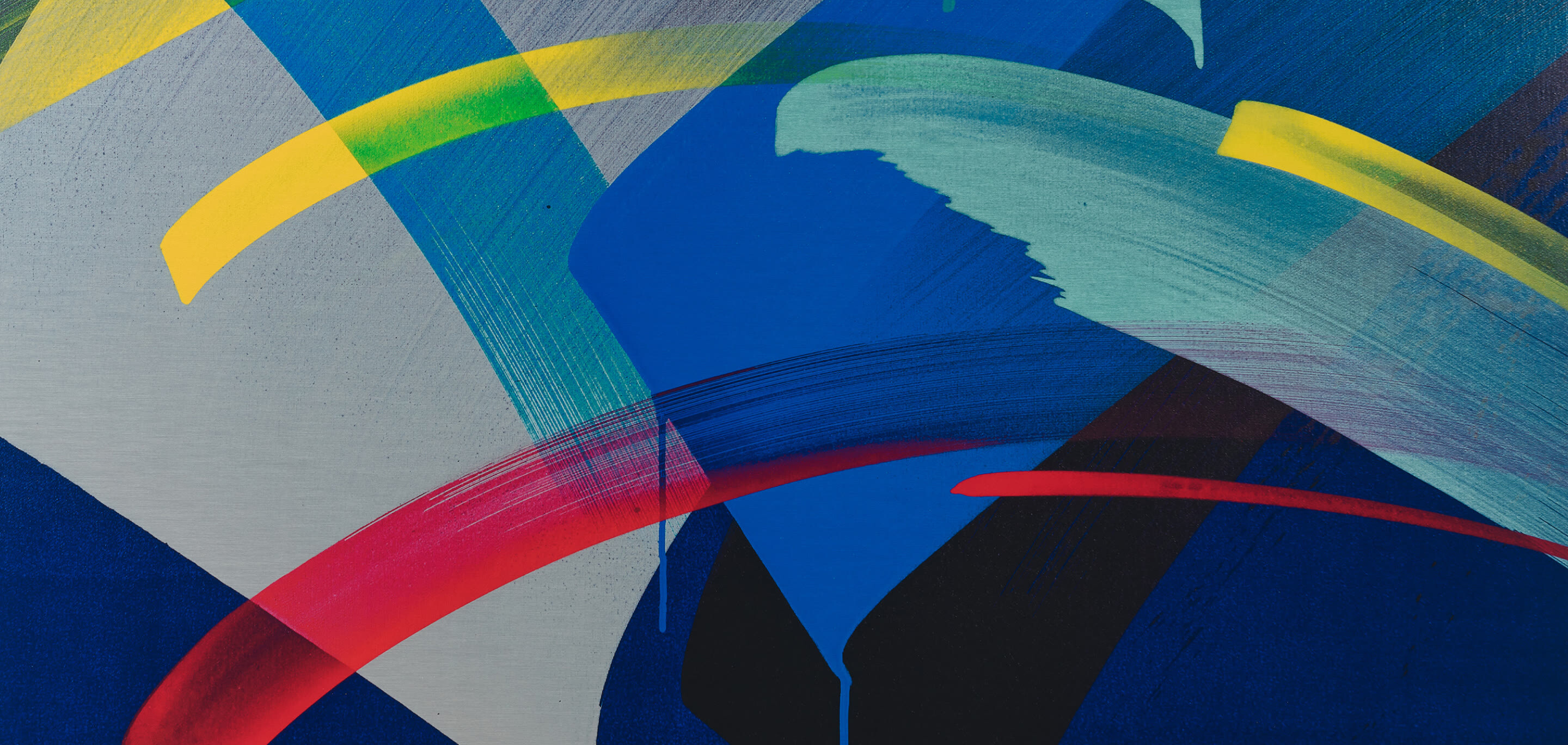Dorothy Dehner, the abstract artist who triumphed after fleeing a toxic marriage with David Smith
2 min read · 29 Jun 2023

Dorothy Dehner, Looking North F (1964). Copyright Dorothy Dehner Foundation for the Visual Arts. Courtesy of the National Museum of Women in the Arts. Gift of the artist
Dorothy Dehner is on the HENI News radar as interest grows in sculptures by the artist who flourished after she had fled a violent marriage to the artist David Smith.
Dorothy Dehner’s HENI Score—a unique artist sentiment—has seen a spectacular increase of 224% after a string of strong auction results and her inclusion in a collection-based show at MoMA in New York.
An artist’s HENI score amalgamates data such as auction sales, NFT sales, news and social media mentions, gallery shows and museum exhibitions.
Market
Dehner’s auction sales have totaled $314,400 over the past two years. Her works have been offered at a wide range of prices, from $1,500 for woodcuts to around $75,000 for small bronzes.
Her highest sale in the past three years was for Septenarius (1959), a bronze that sold at Sotheby's online for $100,800, more than five times its high estimate.
Other notable sales include Siena #1 (1962), which hammered for $31,800 at Sotheby's, New York, exceeding the high estimate. A late work, Candles and Mellons (1987), sold for $32,500, more than double its high estimate at Swann Galleries, New York.
Shows
Dehner’s work in MoMA is featured in its exhibition “Calligraphic Abstraction”, which opened in February 2023 (ongoing).
A major gift from the artist’s foundation to the Neuberger Museum of Art in upstate New York went on show in its exhibition “A Special Look: Dorothy Dehner” in 2023.
In 2021, a drawing by Dehner was a highlight of MoMA’s exhibition “Degree Zero: Drawing at Midcentury”. The New York Times’ art critic, Roberta Smith, called her 1957 work New City: “One of the show’s stars, this marvelous ink and watercolor drawing features an intricate network — a kind of craquelure of flagstones — spreading out from a core of soft translucent color.”

Dorothy Dehner, Low Landscape No. 3 (1961). Nasher Sculpture Center, acquired through the Kaleta A. Doolin Acquisitions Fund for Women Artists. Copyright Dorothy Dehner Foundation/Artist Rights Society (ARS), New York. Photo by Kevin Todora
In 2019, the Nasher Sculpture Center, Dallas, purchased Dehner’s Low Landscape No. 3 (1961) for an undisclosed sum. The same year it formed part of the Nasher’s exhibition “Foundations: The Nature of Arp” alongside sculptures by Hans (Jean) Arp.
Also in 2019, Rosenberg & Co organised a show of the artist’s works on paper in New York.
Profile
Dehner, who was born in 1901 and died in 1994, was married briefly to fellow abstract sculptor David Smith, who was jealous of her success. She only flourished as an artist after she escaped their toxic relationship—he broke her ribs in one assault—and moved to New York. They divorced in 1950, shortly after Smith threatened to destroy her work that was due to go on show at the Whitney Museum.
Dehner never welded steel to create sculpture, as Smith famously did. Instead, she mastered the lost-wax process to create her complex, geometric abstract sculptures, typically inspired by natural forms. “I wanted to work in wax because I liked the idea of it; it’s so malleable and yet it isn’t messy like clay,” Dehner said. Later in her career she began to work also in wood.
Dehner's rise in the art market and her rediscovery by leading museums reflects a broader trend. She is among a group of female Abstract Expressionists whose works are being reassessed, having been overlooked for decades by collectors and curators.
More
To get a deeper understanding of Dorothy Dehner’s career visit her HENI Dashboard; a unique graphical data tool illustrating an artist’s auction sales, shows, profiles, mentions and their HENI Score. You can search for any one of the 100,000 Artist Dashboards to quickly appreciate their trajectory as well as sharing via email, text and WhatsApp.


Get the HENI News Daily Art Digest delivered to your inbox